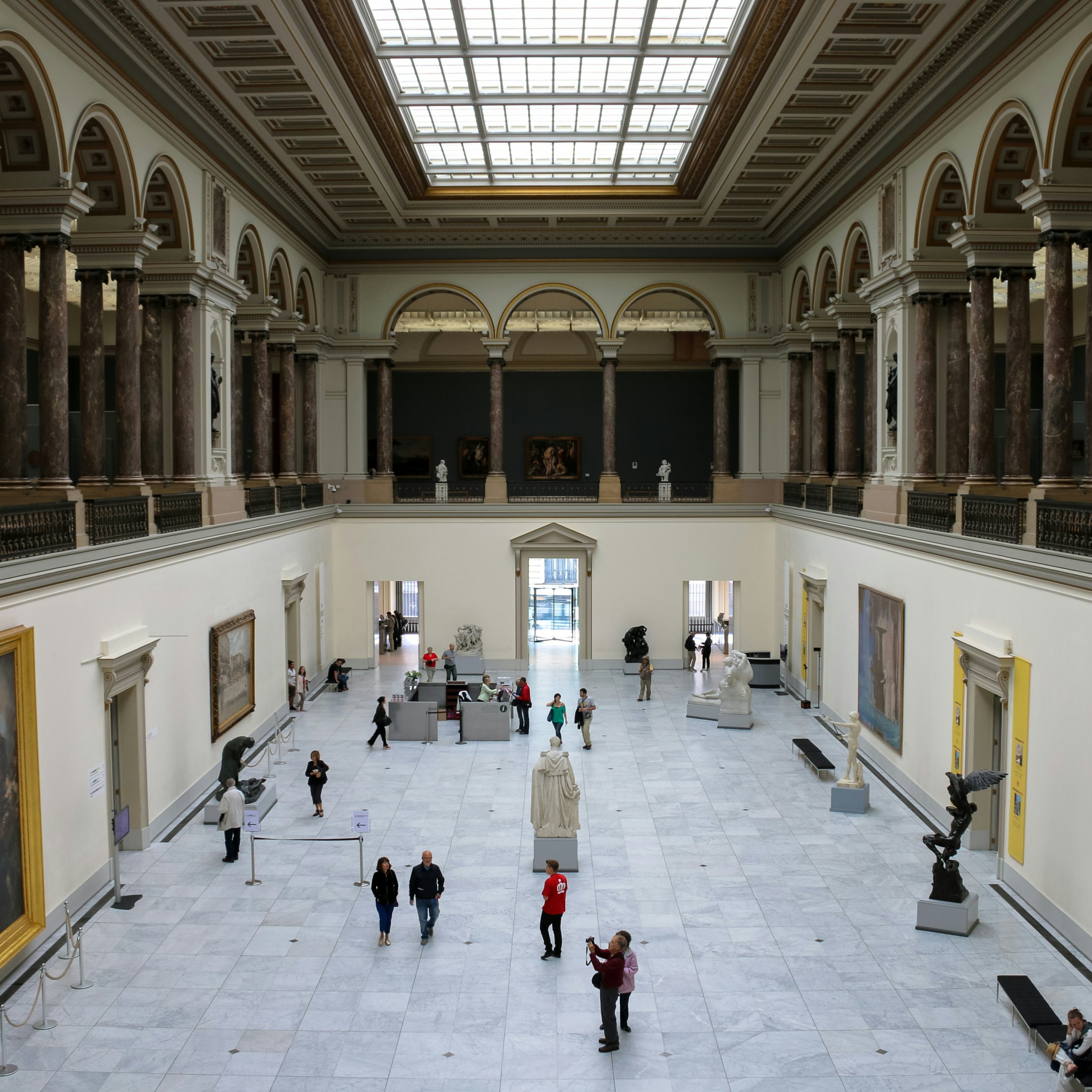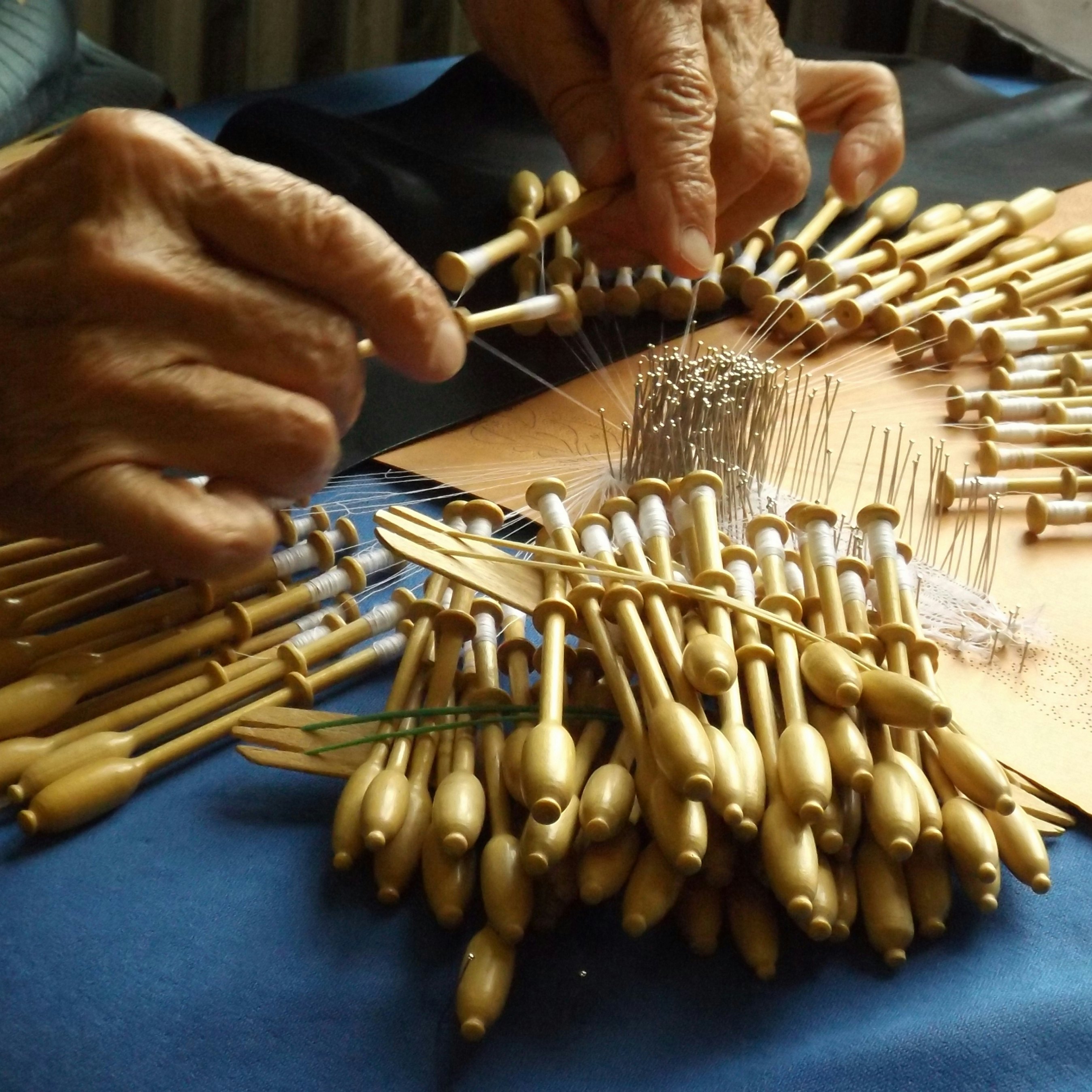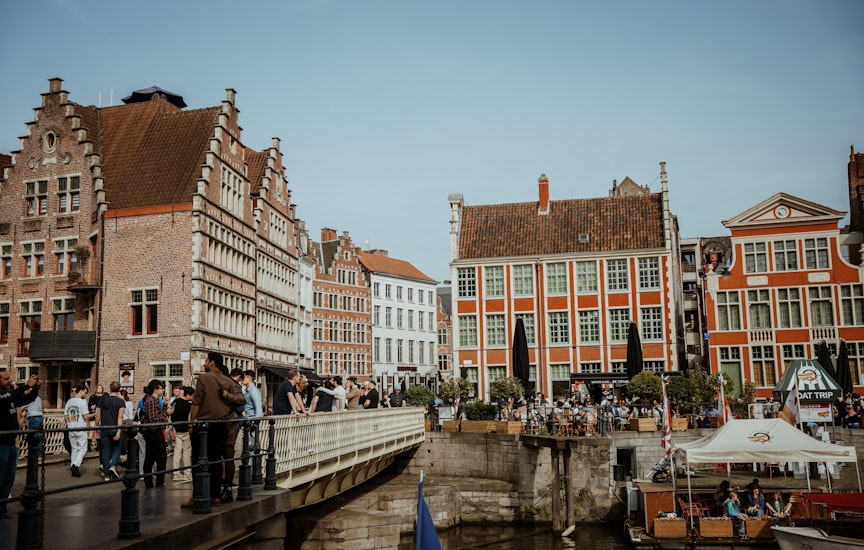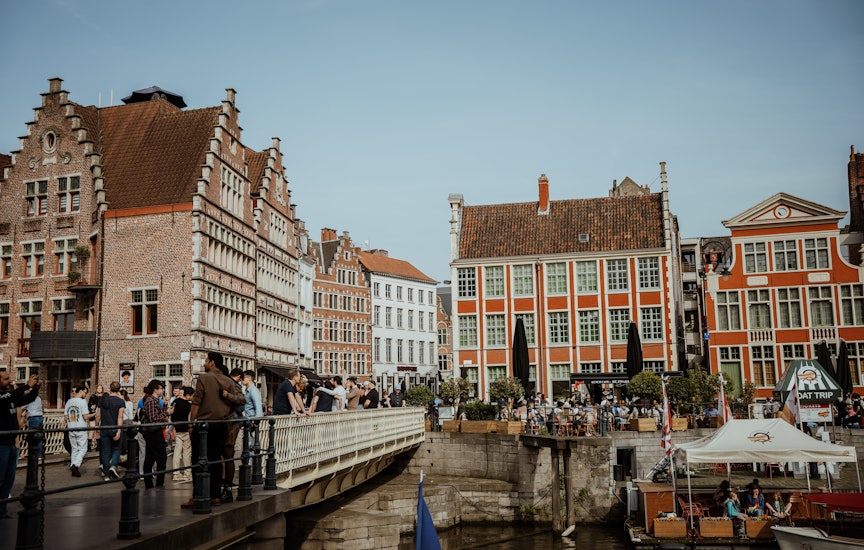
Overview
Historic yet hip, bureaucratic yet bizarre, self-confident yet unshowy, Brussels is multicultural to its roots.
Meet your new travel partner
Stay connected in Brussels
Unlimited data while you travel with Holafly eSIM. Use code LONELYPLANET for an exclusive discount.
Must-see attractions
Planning Tools
Expert guidance to help you plan your trip
Best Things to Do
Brussels brings you so much gorgeous decadence to enjoy, from Art Nouveau architectural flourishes to all those waffles and fries.
Read full article
Best Time to Visit
From convivial Christmas markets in winter to colorful blossoms come spring, Brussels changes through the seasons.
Read full article
Things to Know
Brussels is an incredible city and we've got some excellent tips to help your first visit go smoothly. Here's what you need to know before you go.
Read full article
Transportation
Navigating Brussels' multiple languages and complex public transport system will be no problem with these tips for getting around the Belgian capital.
Read full article
Free Things to Do
See more of the Belgian capital for less with these 10 free experiences all over Brussels.
Read full article
Best Neighborhoods
To get a good feel for this underrated European capital, base yourself in one of these five neighborhoods.
Read full article
Day Trips
Here are our favorite storybook castles, oh-so-cool cities, and cross-border curios all within easy reach of Brussels.
Read full article
Get a book. Get inspired. Get exploring.
in partnership with getyourguide















